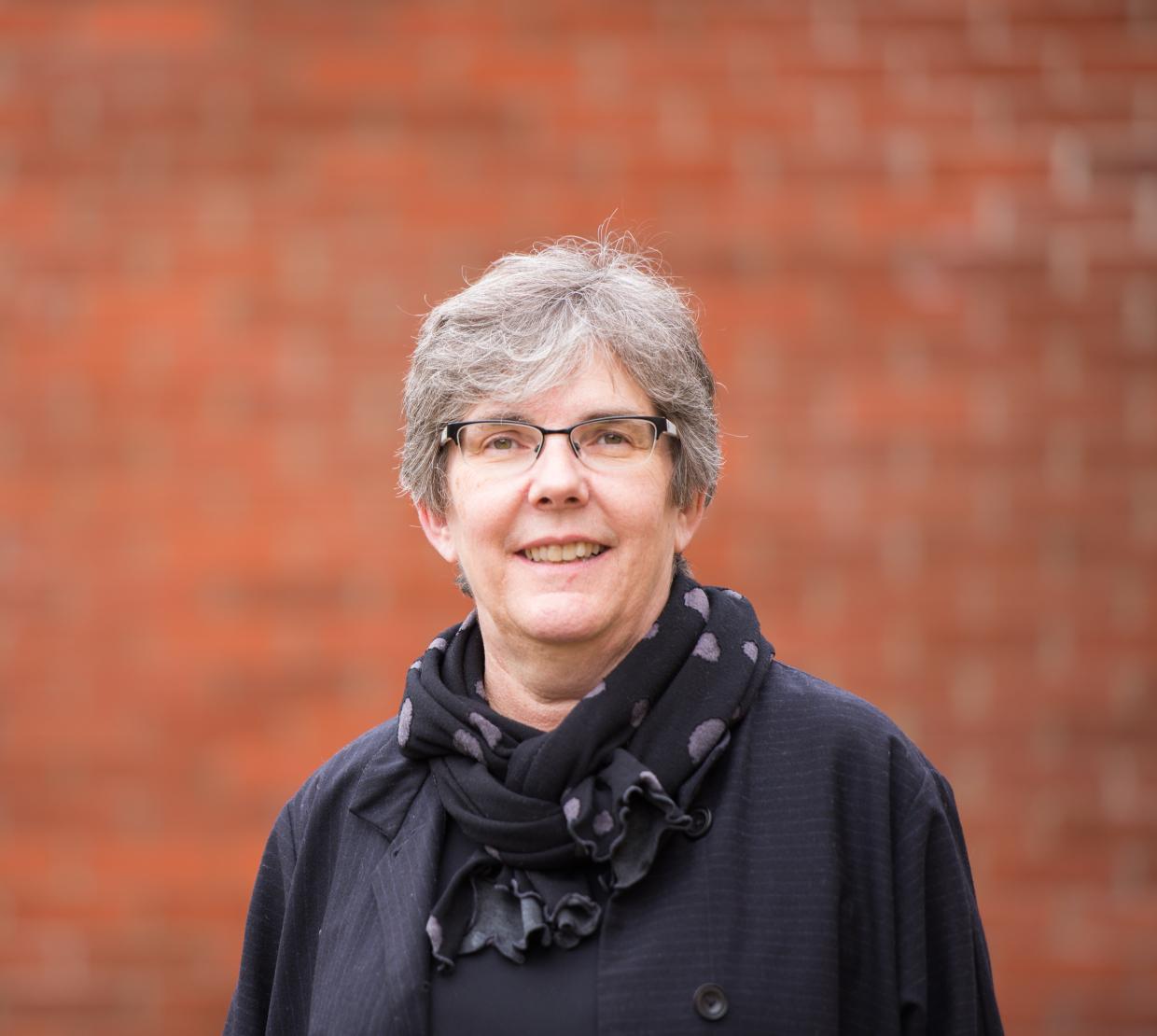Professor of physics Heidi Schellman is one of two Oregon State University researchers to be named to a list, compiled by Research.com, of the world’s top 1,000 female scientists. The ranking is based on a set of indicators and metrics gleaned from researcher profiles across 24 disciplines on Google Scholar and Microsoft Academic Graph. This was the first edition of the annual ranking for top female scientists in the world.
Physics scholars account for 10.4% of the top female scholars, and the average number of publications for top female scientists is 547. With a total of 801 publications, Schellman ranked at number 644 on the list.
Schellman works in high-energy physics, studying the intersection of strong and weak interactions among elementary particles. Weak particle interactions are responsible for radioactive decay – and the sun shining – but aren’t often encountered in everyday life. Weak interactions are a powerful source of insight into fundamental forces but are hard to measure experimentally because their effects can be masked by strong nuclear forces.
In 2021, Schellman and a research team from four universities received a $3M grant from the Department of Energy to lead the computing component of an international experiment, called the Deep Underground Neutrino Experiment, or DUNE, to study the world’s smallest particles, called neutrinos.
The goal of DUNE is to aim a neutrino beam from Fermilab in Batavia, Illinois, at the detector in the Homestake mine in Lead, South Dakota. The detector is expected to be finished by 2029 and will generate data at a rate of 1-2 GB/sec, all of which must be stored, processed and distributed to over 1,000 scientists worldwide.
“Liquid argon detectors allow you to instrument a huge volume with very fine detail. It's like having a GigaPixel camera for neutrinos,” said Schellman. “Of course, then you need to deal with Gigapixel size images, which is what the project is about.”
Raised in Eugene, Ore., Schellman joined the College of Science in 2014 from Northwestern University in Chicago where she chaired the Department of Physics and Astronomy for four years. Coming to OSU was “a dream come true – I wanted to work at a place that shared my goals for education and valued teaching as well as research,” she said. In 2017, Schellman was elected Chair of the International Union of Pure and Applied Physics Commission on Particles and Fields.




